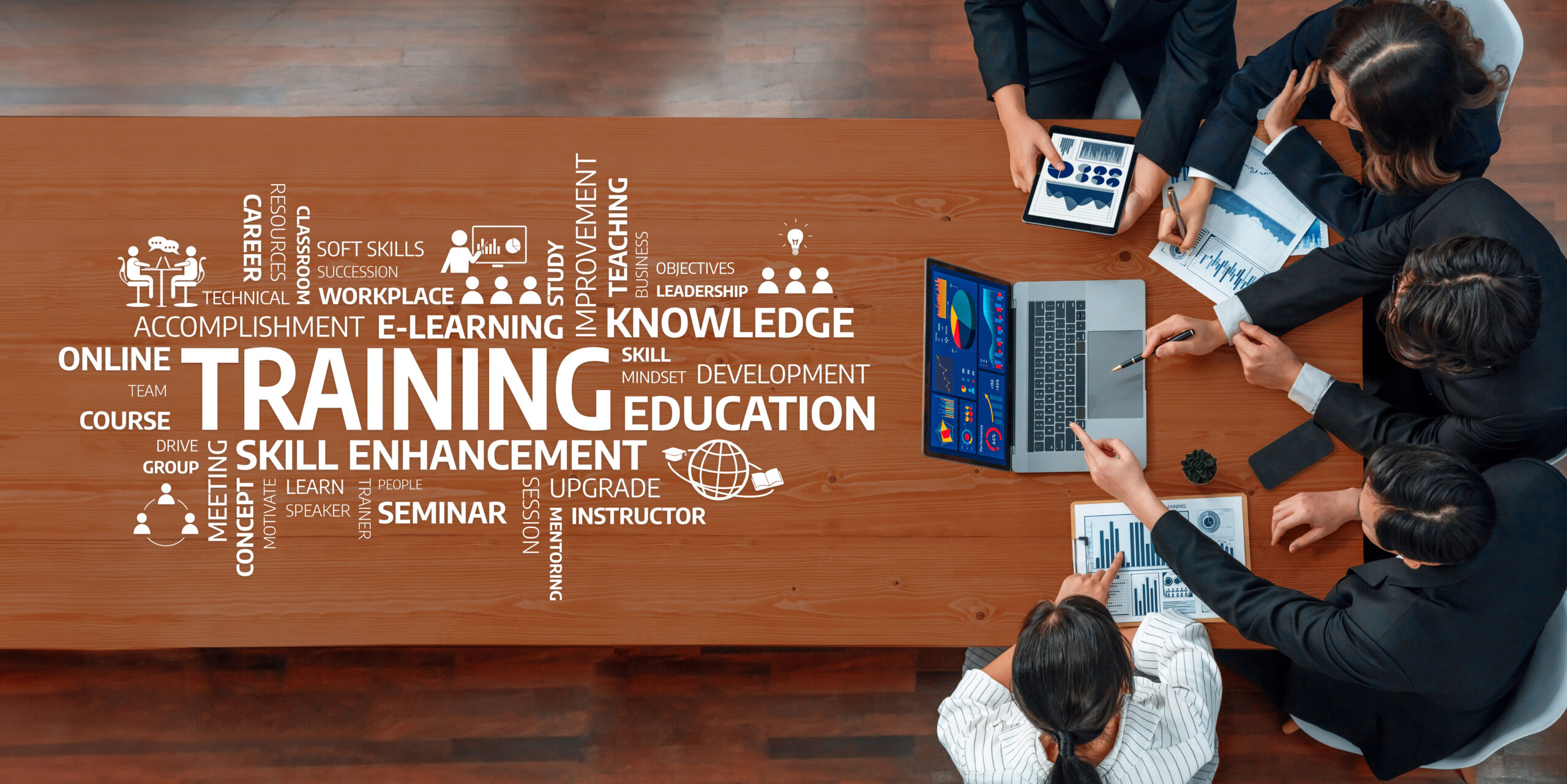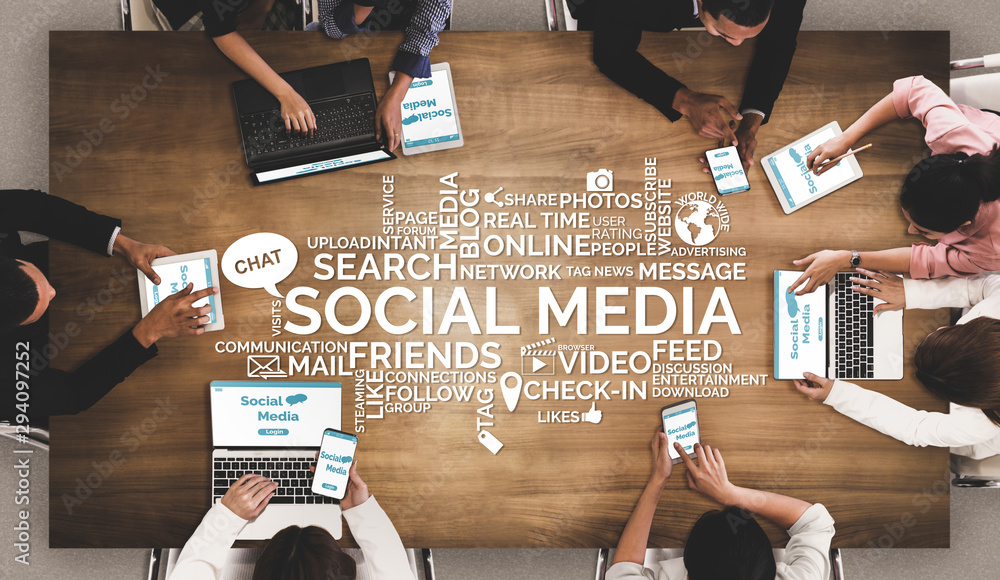Experiential marketing is evolving into experiential learning, where audiences go beyond being entertained and instead gain knowledge through immersive, interactive experiences. This shift transforms brand engagement from a momentary impression into a lasting connection.
With tools like augmented reality (AR) and virtual reality (VR), brands are creating hands-on opportunities that educate, inspire, and build trust. From retail storytelling to hospitality training, experiential learning is becoming a powerful strategy for turning memorable interactions into meaningful lessons.
Experiential marketing has always been about creating a moment. For years, the goal was to dazzle, entertain, and create a memorable spectacle that would live on in social feeds and word-of-mouth. For a time, technologies like augmented reality (AR) and virtual reality (VR) fit neatly into this playbook. They used to be the ultimate wow factor. They were like the futuristic centerpiece of a marketing campaign, but they were designed purely for novelty.
But what if the most powerful AR/VR experience isn’t about the show, but about the lesson? What if the true potential of immersive tech isn’t just to entertain, but to educate?
Nearly all modern marketing operations strategies are grappling with this tension between experiential learning and marketing campaigns, particularly in the digital sphere.
In a world saturated with fleeting moments and evolving trends, is your AR/VR campaign a novelty or a new kind of classroom?
Table of Contents:
Rethinking Engagement: Why Education Is the Future of Experiential Marketing
From Tasting to Training: How Brands Use AR/VR to Teach
The Pedagogy of Play: How Immersive Tech Makes Learning Stick
Breaking the Binary: It’s Not “Fun or Functional” — It’s Both
Barriers to Adoption and How to Break Them
Conclusion: Is Your Brand Teaching Anything Worth Remembering?
Rethinking Engagement: Why Education Is the Future of Experiential Marketing
The modern consumer is hungry for more than just passive content. They want interactive, knowledge-driven experiences that provide genuine value. In this environment, intelligent branding has emerged as the new currency. When a brand empowers its audience with knowledge, it builds a foundation of trust that traditional advertising can’t touch. You’ve shared an experience together. It goes deeper than just passively interacting with content online.
AR and VR are uniquely positioned to meet this demand. They don’t just present information; they allow for experiential learning that transcends static content like a video, social media post, or blog post. By placing a user directly inside a lesson, these technologies create a visceral connection to the material, making learning stick in a powerful and deeply personal way.
In fact, the global AR and VR markets are on the rise and projected to surge to $96.3 billion by 2029. That’s a 34% annual growth rate from its $22.1 billion market size in 2024. Still, many brands are just using these tools for fun, not fully recognizing their growth potential. They haven’t yet realized that the most impactful AR/VR campaigns are the ones that go beyond entertaining audiences and actually educate them.
From Tasting to Training: How Brands Use AR/VR to Teach
This shift with brands rethinking how their marketing strategies reach and engage with audiences is already transforming entire industries, turning simple interactions into unique educational opportunities. One of the biggest places we’re seeing this transformation is in the hospitality industry, from the front of house to the brand work behind the scenes.
Hospitality & Spirits
The world of spirits, fine dining, and general hospitality is built on knowledge and craft. There’s a lot of education and storytelling that goes into the hospitality industry. From the host at a restaurant to the manager who follows up with you after your last hotel stay, each person in the business is trained in hospitality best practices, as well as the brand’s story. They know all the ins and outs of the brand, which is a must if they’re going to give you a memorable experience that makes you want to return.
Brands are now leveraging AR and VR to teach consumers and professionals about their brand, story, mission, and purpose by bringing the brand right to them with a simple QR code scan with their phones.
This same principle is being used to train hospitality staff. Attensi, for example, is using VR to put employees in realistic simulations, where they can practice complex interactions and improve their skills in a low-stakes environment. This bridges knowledge gaps by ensuring employees have a well-rounded education to improve service, efficiency, and compliance before they even clock in for their first real shift.
Tequila Don Julio, which is owned by Diageo, one of our long-time Enthuse Marketing clients, has already stepped into this space with its spatial computing experience, offering users a deep, interactive dive into its brand story and heritage. The experience with Apple Vision Pro will detail four key chapters in the Don Julio creation process, from harvesting agave to aging the tequila. The goal is to bring consumers closer to the vibrant culture of Mexico and the craft that goes into each bottle of Don Julio. No matter where you’re located, this immersive storytelling immediately transports you. The partnership also has plans to expand into guided tastings, mixology demonstrations, and a deeper look into Mexico’s cocktail culture.
Experiential learning strategies like this take brand awareness a step further, turning it into brand mastery—a transformation that only a hands-on marketing campaign can achieve.
Retail & Product Immersion
In retail, AR and VR are moving beyond “try before you buy” and into “learn before you buy.” Brands are developing AR apps that let customers scan a product to learn about its sourcing, sustainability practices, or the craftsmanship that went into making it.
Think of an app that lets you scan a pair of ethically made sneakers and see a 3D factory model, learn about the recycled materials used, and hear the stories of the artisans who made them. Or, consider the power of VR simulations, which can teach customers how to use, assemble, or repurpose a complex product, turning the “owner’s manual” into an immersive, hands-on lesson. The possibilities for using this tech to offer more experiential learning opportunities are endless. By making education part of the shopping experience, brands empower customers to make more informed decisions, fostering a deeper sense of brand loyalty.
For example, Starbucks debuted this kind of educational AR technology years ago with a feature in their app that allowed users to scan elements in-store, specifically at their Roastery location in Milan, that then unlocked interactive digital content, such as demonstrations of brewing methods or access to the menu. This not only engaged customers, but it also educated them about the origin and craft behind their cup of coffee.
More recently, luxury fashion brand Burberry, long known for its heritage and craftsmanship, created an in-store AR experience to celebrate the launch of its Olympia bag. Customers could scan displays in-store with their phones that would trigger the AR experience, showing animated displays of the bag’s construction process. This experiential learning campaign and use of AR took the technology far beyond the “virtual try-ons” it was previously most known for. Instead, it actively taught the audience about the story and quality behind the product, adding a layer of education to the retail experience that was otherwise missing.
The Pedagogy of Play: How Immersive Tech Makes Learning Stick
At its core, educational AR/VR works because it taps into the fundamental principles of how we learn. Immersive tech activates a more profound sense of memory retention and emotional connection. When you are a character in the story, you don’t just remember the facts; you remember how it felt to discover them.
Moreover, when we talk about different learning styles, one of them is kinesthetic, which is essentially learning by doing. This is a great time to bring immersive technology like AR and VR into play, especially in situations where in-person education isn’t possible. I’ve seen several brands leverage this technology to educate both consumers and employees from a distance when in-person activations aren’t possible.
Brands are using gamified training and interactive storytelling to turn complex information into engaging, memorable experiences. For example, a game that challenges you to identify different ingredients in a cocktail is far more effective than reading a list on a website. By making learning fun, immersive tech ensures educational value translates directly into post-engagement recall and, even more importantly, long-term brand affinity.
Breaking the Binary: It’s Not “Fun or Functional” — It’s Both
This brings us to a critical point: Will your experiential marketing campaign be fun or functional?
For a long time, marketers thought they had to choose one or the other. They thought they had to launch a campaign for entertainment or utility, but there was no way to have both.
I’m here to tell you that’s not true. The most impactful experiential learning and hands-on marketing campaigns are both fun and functional. An AR experience that teaches you the origin of your coffee beans while also being visually stunning and fun to interact with creates a deeper connection than a superficial “wow” moment that is instantly forgotten.
Brands that ignore the educational aspect are missing the point and the next evolution of audience engagement. They’re still playing the old game of vying for attention above everything else. At the same time, their savvier competitors are focused on earning trust and building a community of informed, loyal advocates through teaching them about the brand.
Barriers to Adoption and How to Break Them
Of course, the road to leveraging and launching educational AR/VR campaigns is not without its challenges. Common obstacles like cost, complexity, and a lack of vision are persistent and challenging to face, but they can be overcome with a clear, strategic approach.
My best advice is to start with a clear learning objective and build the technology around that goal, rather than starting with the tech itself and trying to find a purpose for it. You need to know what you’re trying to achieve before you start investing in new tools and technologies.
A VR simulation to teach staff about a new product is an investment in human capital. An AR app that educates customers on the sustainable practices of your supply chain is an investment in your brand’s integrity. There’s a clear difference here that’s important to note.
In the long run, though, the biggest risk isn’t the cost of the technology; it’s the opportunity cost of not educating. Uninformed customers don’t convert or advocate, and in today’s crowded, fast-paced market, that’s a cost no brand can afford.
Conclusion: Is Your Brand Teaching Anything Worth Remembering?
Ultimately, the power of immersive technology isn’t just in its novelty. This tech isn’t new anymore, so the wow factor from about 10 years ago has faded. The true magic of AR and VR lies in their ability to transform a fleeting impression into a lasting piece of knowledge.
As a seasoned marketer myself, I have to ask you: beyond just impressing people, are you informing them?
Your answer to this question is very telling of your campaign’s impact. If you’re not informing them, you’re leaving opportunities on the table.
The future of experiential marketing isn’t just about what people see. It’s about what they learn. Too many brands are still creating digital fireworks displays that don’t leave a lasting impact.
The real opportunity, and the real value, is in building a masterclass from the experience or campaign. When you use immersive tech to teach a skill, outline a process, or reveal a deeper story about your brand, you’re not just engaging an audience but making a long-term investment in a relationship.
This educational approach builds a profound type of brand equity. The user walks away with a memory of a cool experience, as well as a new skill, a deeper understanding, or a fresh perspective. Experiential learning transforms your brand from a temporary spectacle into a trusted resource.
The ultimate challenge for every brand leader is this: Are you leveraging technology to create truly transformative experiences, or just briefly entertaining? The brands that come out on top in the digital marketing space, particularly as the technology evolves, will be the ones that use technology to develop a deep, lasting understanding of what they are, what they stand for, and why they matter.
Don’t just launch a campaign—launch a lesson. The next chapter of marketing is about what people learn, not just what they see. Ready to create a campaign that leaves a lasting impression? Give the audience something worth remembering.




